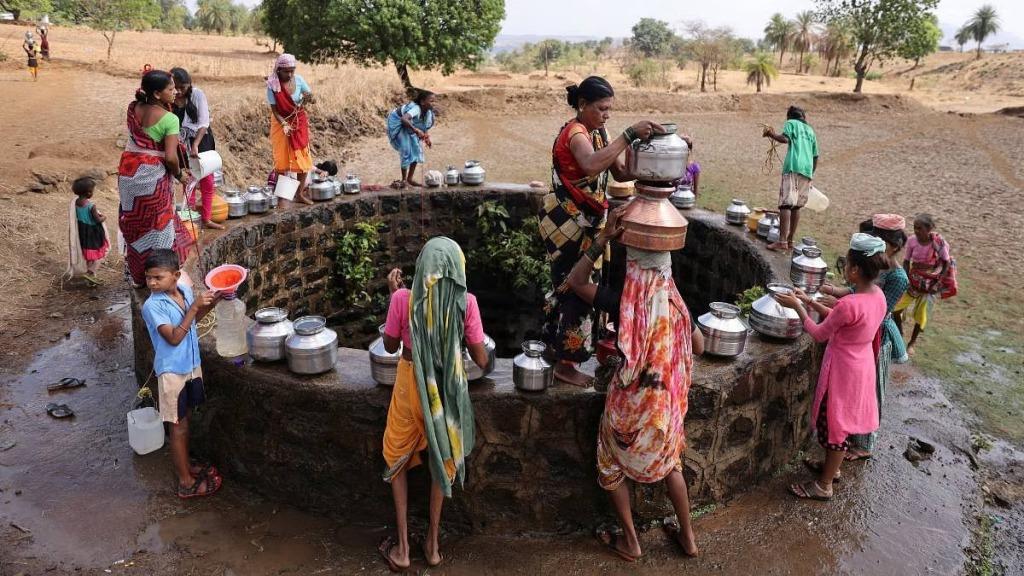Millions of people across the world are affected by waterborne diseases every year, which even lead to death. Those sections of the population living without access to safe drinking water in remote rural areas or urban slums in India are particularly vulnerable.
Diarrhoea is among the seven most common waterborne diseases in the world. Research shows that diarrhoea is the second leading cause of death for children under the age of five, causing more childhood deaths than malaria, AIDS, and measles combined.
According to the World Health Organization (WHO), microbiologically contaminated drinking water can transmit diseases such as diarrhoea, cholera, dysentery, typhoid and polio and is estimated to cause approximately 505, 000 diarrhoeal deaths each year. Contaminated water and poor sanitation are linked to transmission of diseases such as cholera, diarrhoea, dysentery, hepatitis A, typhoid and polio. Absent, inadequate, or inappropriately managed water and sanitation services expose individuals to preventable health risks. This is particularly the case in health care facilities where both patients and staff are placed at additional risk of infection and disease when water, sanitation and hygiene services are lacking.
Diarrhoea
According to the UNESCO 2021 World Water Development Report, about 829,000 people die each year from diarrhoea caused by unsafe drinking water, sanitation, and hand hygiene, including nearly 300,000 children under the age of five, representing 5.3 percent of all deaths in this age group.
According to UNDDR, Diarrhoea occurs worldwide and causes 4% of all deaths and 5% of health loss to various forms of disability or loss of function. It is most commonly caused by gastrointestinal infections which kill around 2.2 million people globally each year, mostly children in developing countries. Use of water in hygiene is an important preventive measure but contaminated water is also an important cause of diarrhoea. Cholera and dysentery cause severe, sometimes life-threatening forms of diarrhoea.
Cholera
Cholera is often a consequence of poor sanitation and contaminated water. It leads to severe dehydration and diarrhoea. Cholera can be fatal within days or even hours of exposure to the bacteria. Symptoms include nausea, vomiting, diarrhoea and cramps in muscles.
Typhoid
It is estimated that up to 20 million people worldwide suffer from typhoid each year, underprivileged population of developing countries being especially vulnerable. Contaminated food, unsafe water and poor sanitation are the major causes of this contagious disease. Symptoms of typhoid include fever, muscle pain, fatigue, sweating, diarrhoea or constipation.
Giardia
Caused by contaminated water, most often in ponds and streams and swimming pools, this infection normally lasts for a few weeks. However, it is possible for the patient to experience intestinal problems later in life. It is characterised by abdominal pain, cramps and bloating, diarrhoea and nausea resulting to weight loss.



